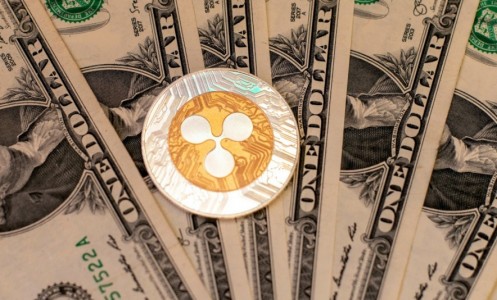

Ripple announced a stablecoin in a press release on April 4.
The company said that the cryptocurrency will be pegged 1:1 to the US dollar (USD), meaning that it will always be worth close to $1.00.
Ripple’s stablecoin will be collateralized by reserve assets. The company said that the stablecoin will be 100% backed by US dollar deposits, short-term US government treasuries, and other cash equivalents. A third-party accounting firm will audit reserve assets, and Ripple will provide monthly attestations.
The stablecoin will be available on both the XRP Ledger (XRPL) and Ethereum (ETH) blockchains at launch, though future expansions are planned.
Brad Garlinghouse, CEO of Ripple, called the upcoming stablecoin a “natural step” for the firm and its efforts to close the gap between crypto and traditional finance. The remainder of the press release emphasizes the stablecoin’s institutional appeal, compliance with regulations, high liquidity, and reserve transparency.
The company did not announce a precise release date for the stablecoin, but said it is expected later in 2024 pending regulatory approval.
Ripple’s stablecoin is distinct from XRP, a token that is closely connected to Ripple. XRP is the seventh largest cryptocurrency token by market cap. Ripple plans to leverage both XRP and its stablecoin in its payment solutions.
Many competitors
Ripple’s decision to launch a stablecoin puts it in competition with several firms that already provide popular stablecoins tied to the American dollar.
The most significant company is currently Tether, which offers USDT. USDT has a $106 billion market cap and 72% dominance in the stablecoin market.
Circle, which is known for its close ties to Coinbase, offers the second largest stablecoin, USDC. It has a $32 billion market cap or 20% market dominance.
The payments giant PayPal notably launched its PYUSD stablecoin in August 2023 but has lesser standing. PYUSD has a market cap of just $191 million at present, making it the twelfth largest stablecoin according to data from CoinGecko.
Ripple appears to be unfazed by its competition. In its press release, it acknowledged the size of overall stablecoin market as close to $150 billion and projected that this could exceed $2.8 trillion by 2028. It asserted that there is “clear demand” for stablecoins and said that its aims to meet that demand with its own product.


